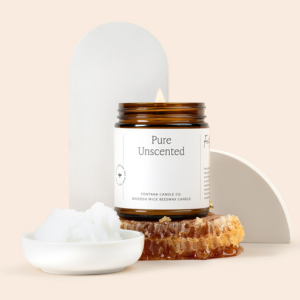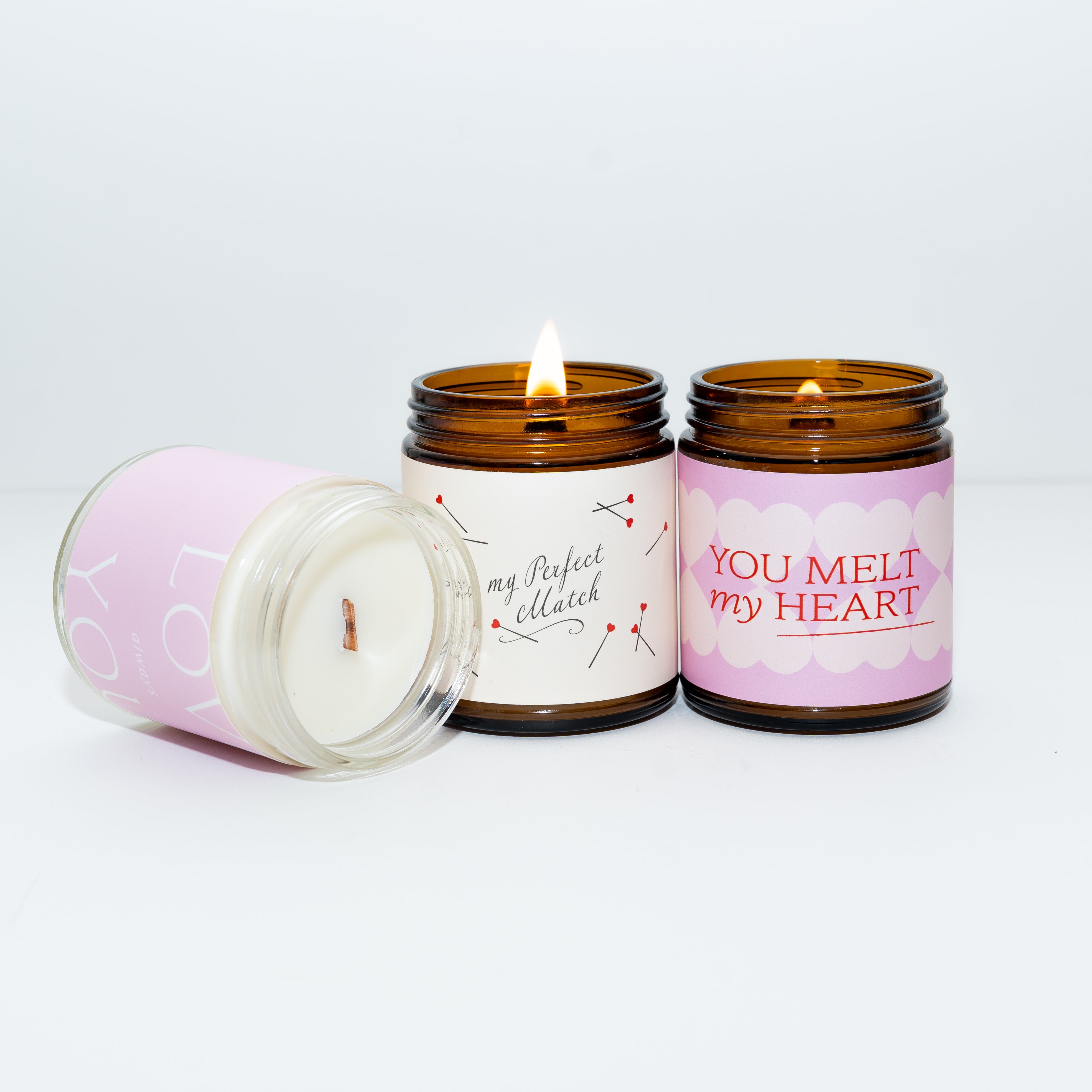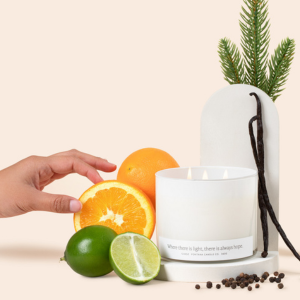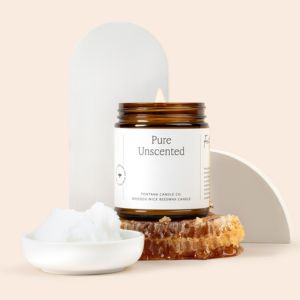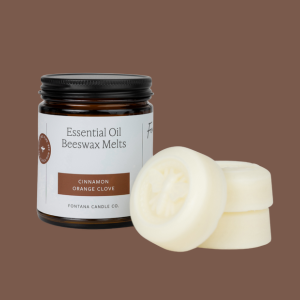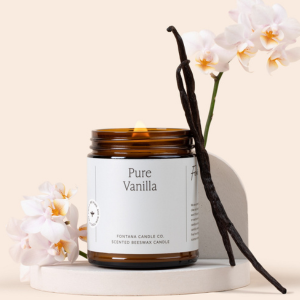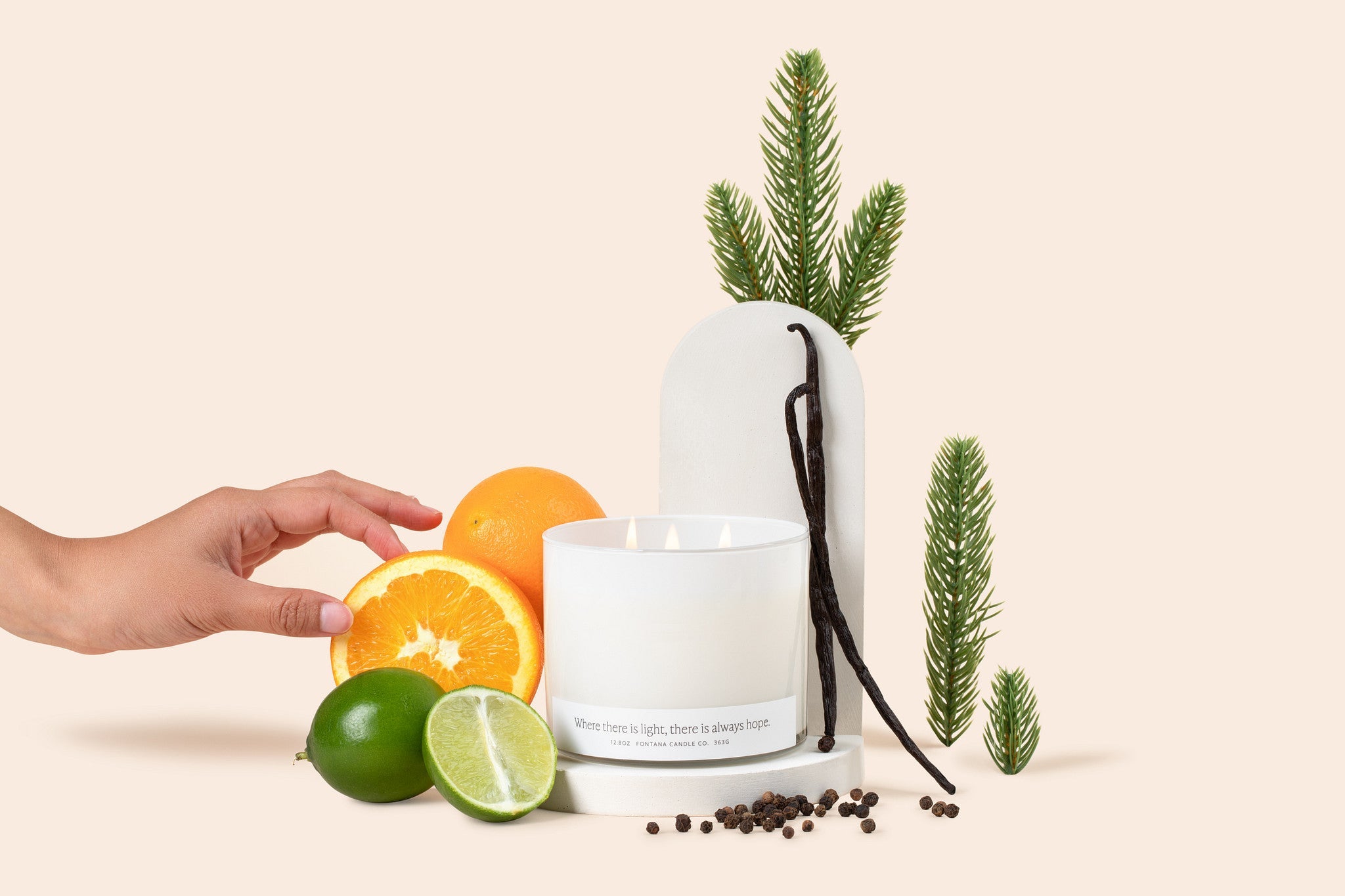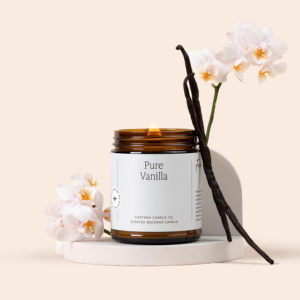Ending Endocrine Disruption: How to Reduce Toxic Hormone Disruptors in Your Home

Scented candles, carpets, unfiltered drinking water, pesticides, and some cosmetics each share something in common – something none of their manufacturers want you to know about. Within each seemingly unrelated product are endocrine disruptors, chemicals that interfere with hormones in the body’s endocrine system.
These endocrine disruptors or endocrine disrupting chemicals (EDCs) can play harmful tricks on the body, causing it to increase or decrease production of certain hormones and interfering with normal hormone signals and functions. These disruptions have been linked to issues with fertility, kidney disease, reduced sex drive, birth defects, increased risk of cancer and obesity, and more.
Fortunately, there are ways to reduce these risk – beginning with knowing what EDCs are and where they are most prevalent.
The Dirty Dozen
The Environmental Working Group (EWG) classifies the following 12 chemicals as the “dirty dozen” of endocrine disruption.
Arsenic
Atrazine – This herbicide is commonly used on corn crops and can also be found in unfiltered drinking water.
Bisphenol A (BPA) – BPA and other bisphenols are most commonly found in plastics and canned goods. These synthetic hormones often imitate estrogen and have been linked to cancers and reproductive problems. Shockingly, EWG reports that 93 percent of Americans have BPA in their bodies!
Dioxin
Flame retardants – These chemical fire retardants are often found in furniture, mattresses, and kitchen items.
Glycol ethers – The European Union has officially declared glycol ethers as damaging to fertility and to unborn children and recommends avoiding these chemicals that are commonly found in paints, cleaning products, and cosmetics.
Organophosphate pesticides
Perchlorate – Perchlorate is found in rocket fuel – and often in your unfiltered drinking water!
Perfluorinated chemicals – These chemicals are often added to nonstick pans and stain-resistant furniture thanks to their ability to block water and stains. However, they have also proven to have the ability to cause low sperm count, kidney disease, and thyroid issues.
Phthalates – Pthlatates are prevalent in plastics and in the fragrances that many consumers know and love, making them common in scented candles and personal care products.
Lead – In recent decades, consumers have become increasingly aware of the detriments of lead, which has been commonly been found in old paint and pipes.
Mercury
How to Help Eliminate Endocrine Disruptors in Your Home
While we’re sadly exposed to endocrine disruptors daily, there are steps you can take to reduce these toxic chemicals in your home.
Refuse to Use Plastic
Avoiding plastic food containers and plastic children’s toys is a great place to start in order to reduce phthalates in your home. Swap out plastic containers for glass or stainless steel options, and prioritize reusable items over single-use plastic. If you are utilizing plastic, keep it out of the microwave, as heating up the plastic only accelerates how quickly chemicals can seep into your food.
Don’t Be a Pest[icide]
Buying organic when you can is a great way to begin to eliminate the pesticides in your home; a good place to start is with foods like spinach, kale, strawberries, and apples that are often most heavily sprayed with pesticides.
Taking your shoes off right at the door is another, perhaps surprising, way to reduce pesticides in your home, as pesticides are everywhere and easily tracked inside on the bottom of your footwear.
Many antibacterial products also contain pesticides; these products may include hand wash, dish soap, and room spray.
Filter Your Drinking Water
Drinking water out of a glass or a stainless steel bottle can go a long way in reducing your exposure to BPA and other EDCs. However, if you are filling that bottle or glass with tap water, it’s important to make sure that water has been filtered, as tap water can contain a large number of chemicals.
Turn Up Your Nose at Artificial Fragrances
Another problem with products like conventional room sprays? The artificial fragrances within them. Many of these fragrances contain phthalates – which is why we at Fontana Candle Company utilize only all-natural essential oils.
(We break down more of what’s in fragrance oils here.)
In lieu of artificially fragranced room sprays and candles try any of our 100 percent natural and safe alternatives!
Looking for a room spray or air freshener alternative? Try our Essential Oil Home Sprays or diffuse your favorite essential oil blend instead.

For a list of additional resources on eliminating EDCs, visit www.madesafe.org.

